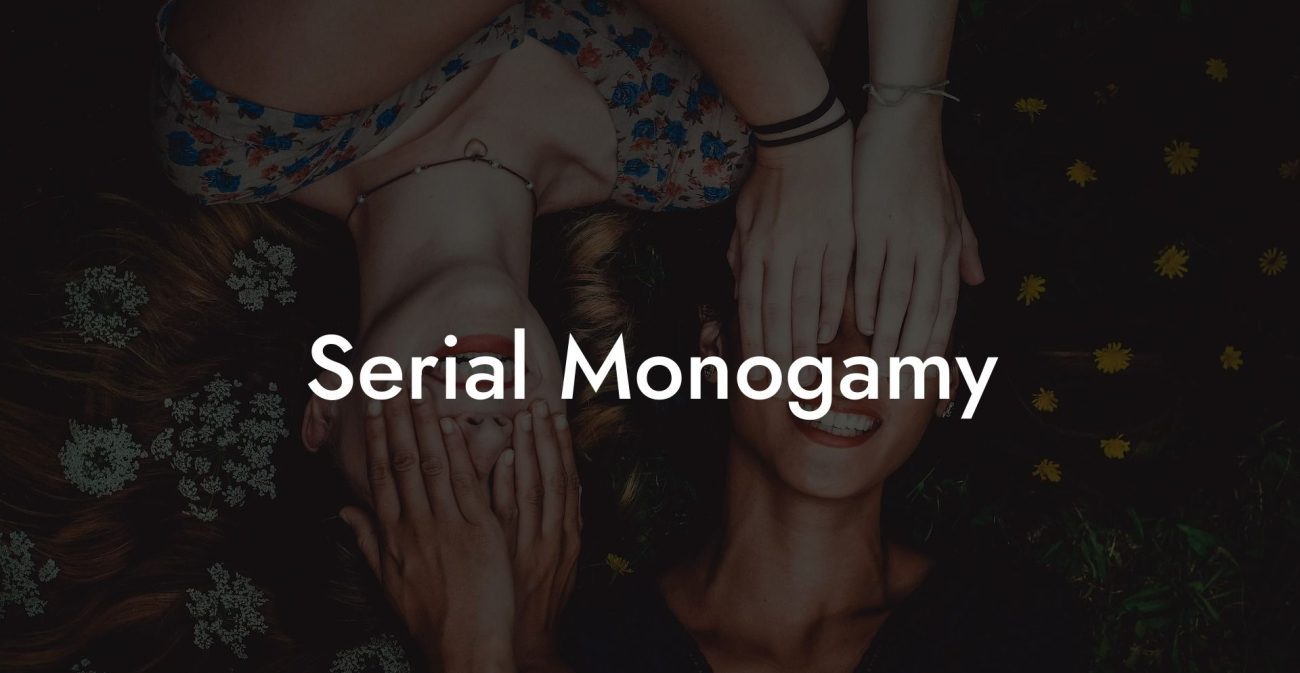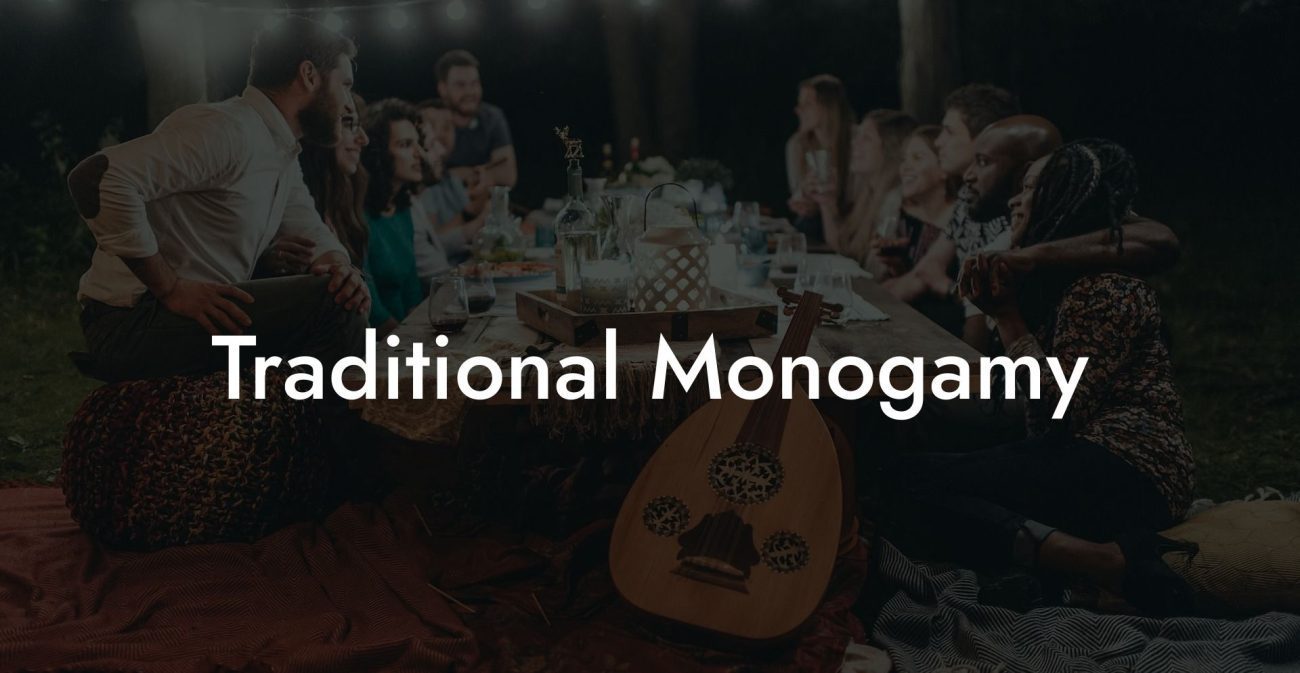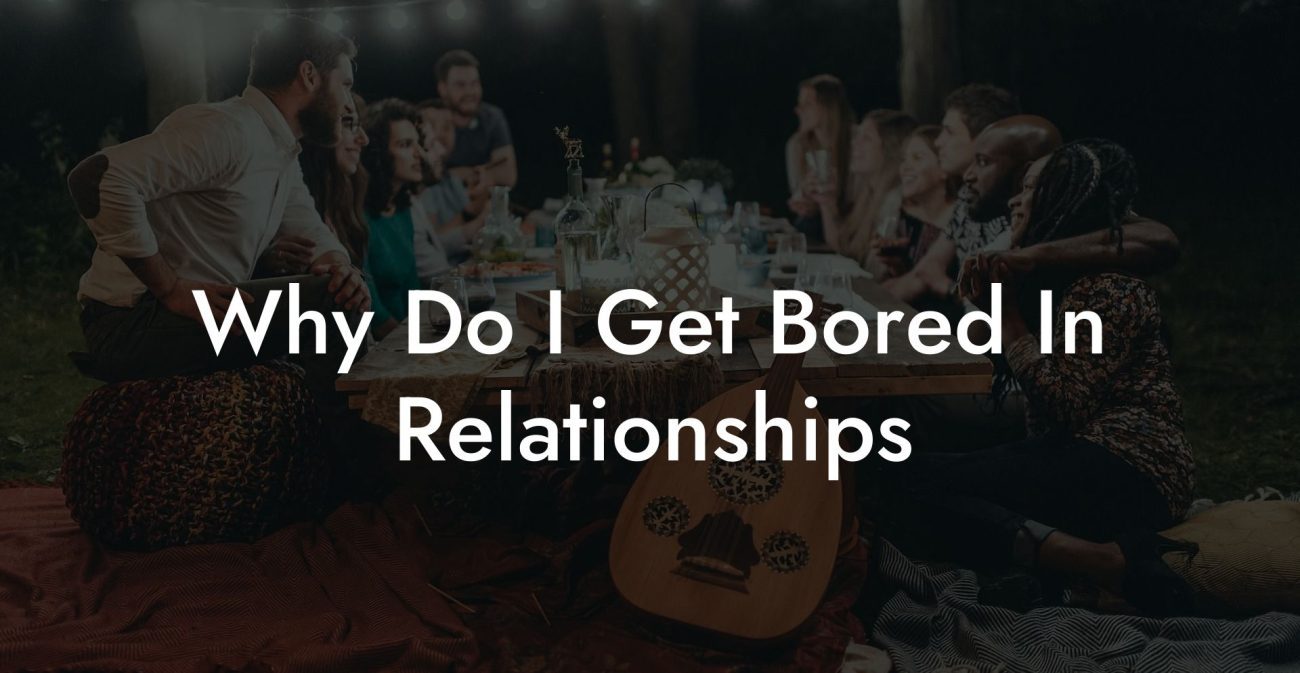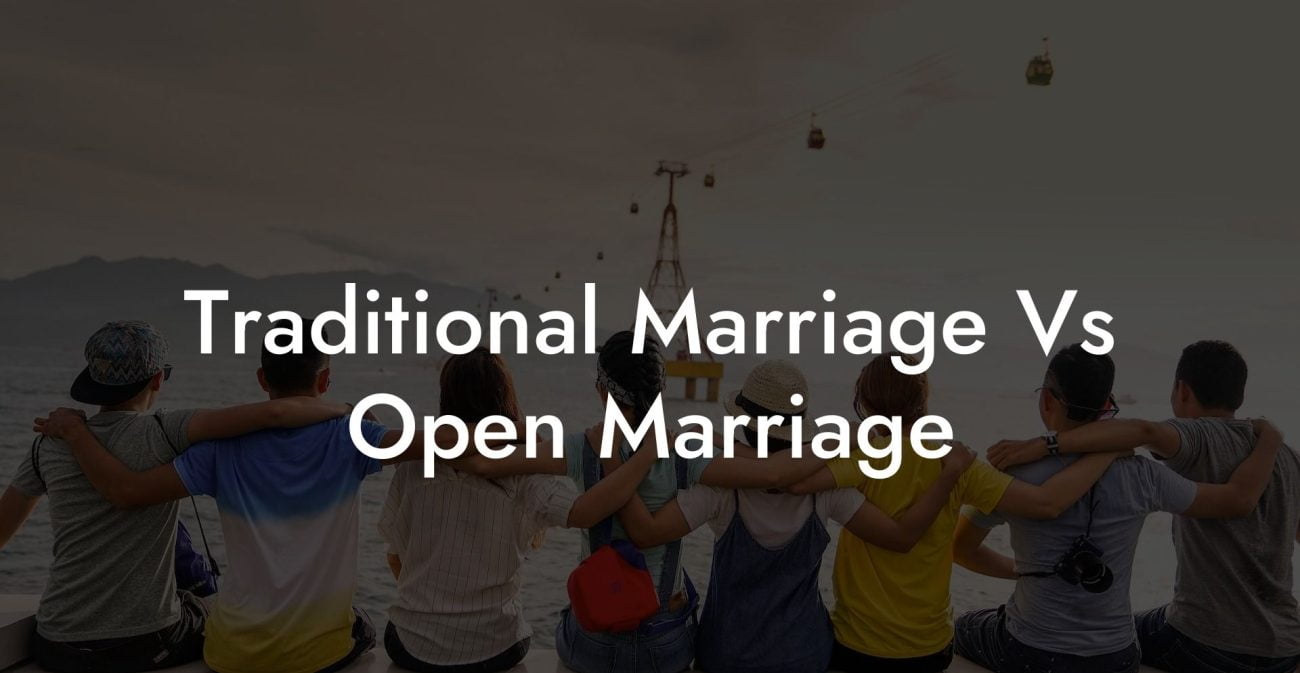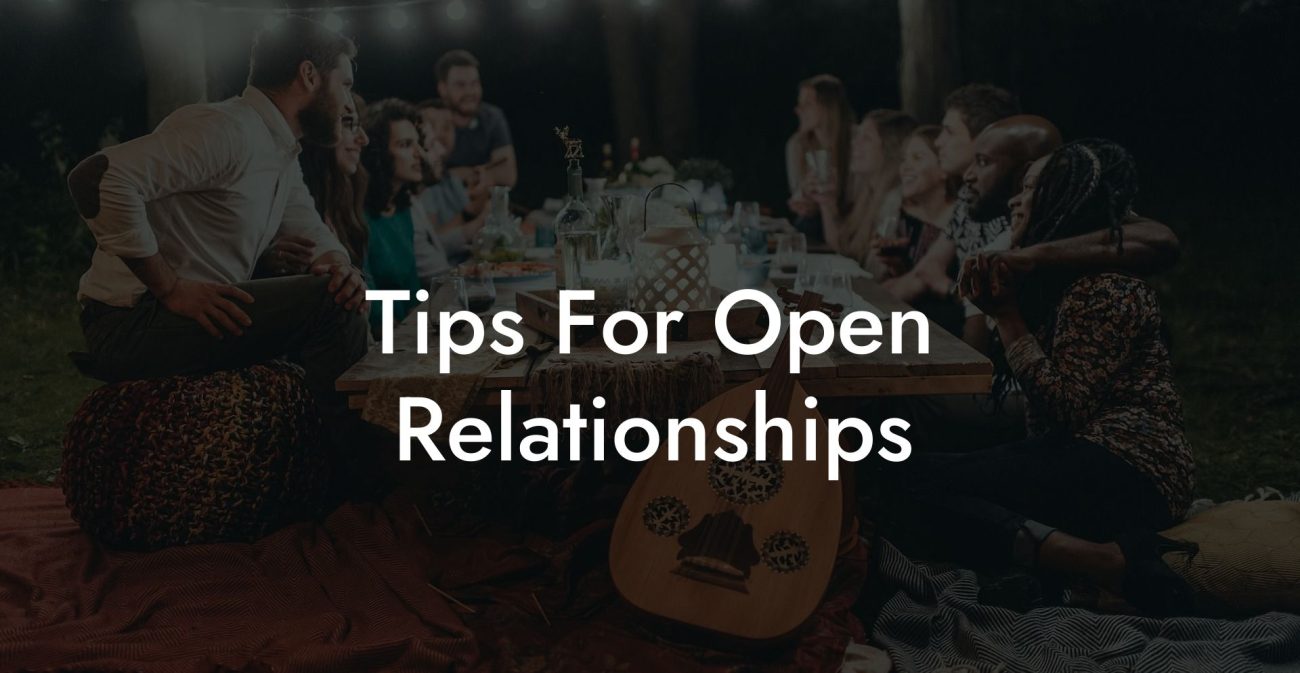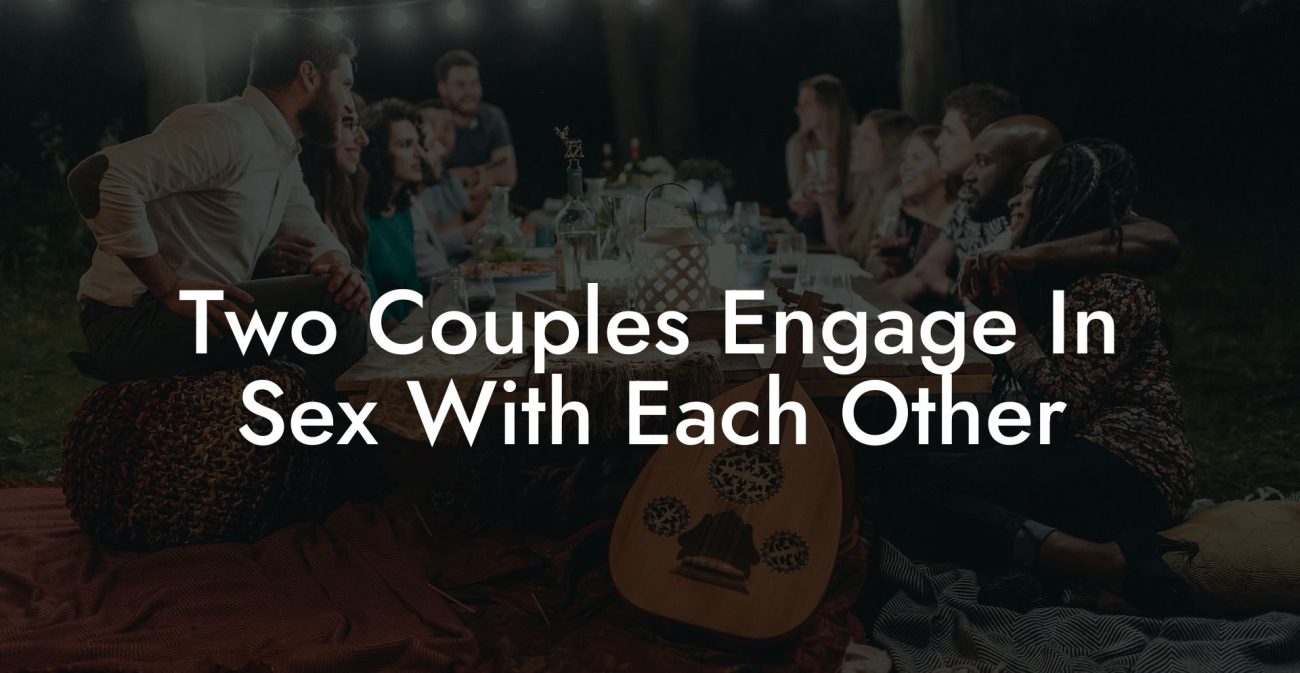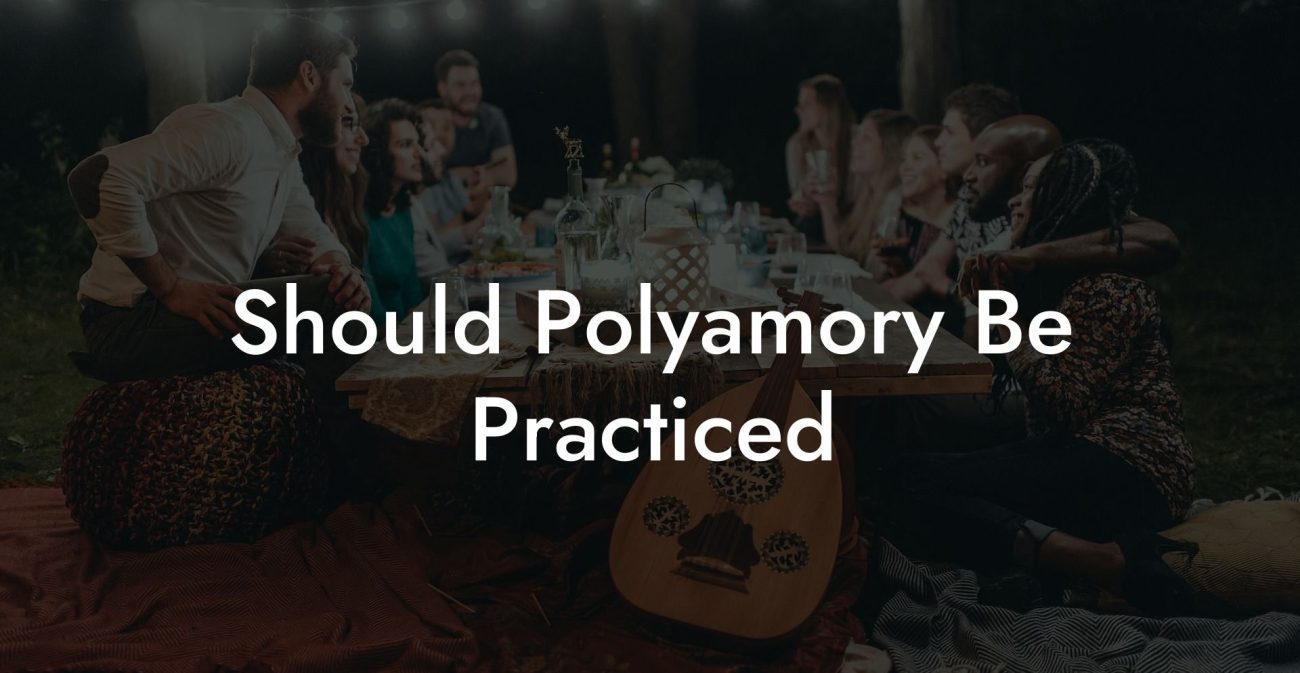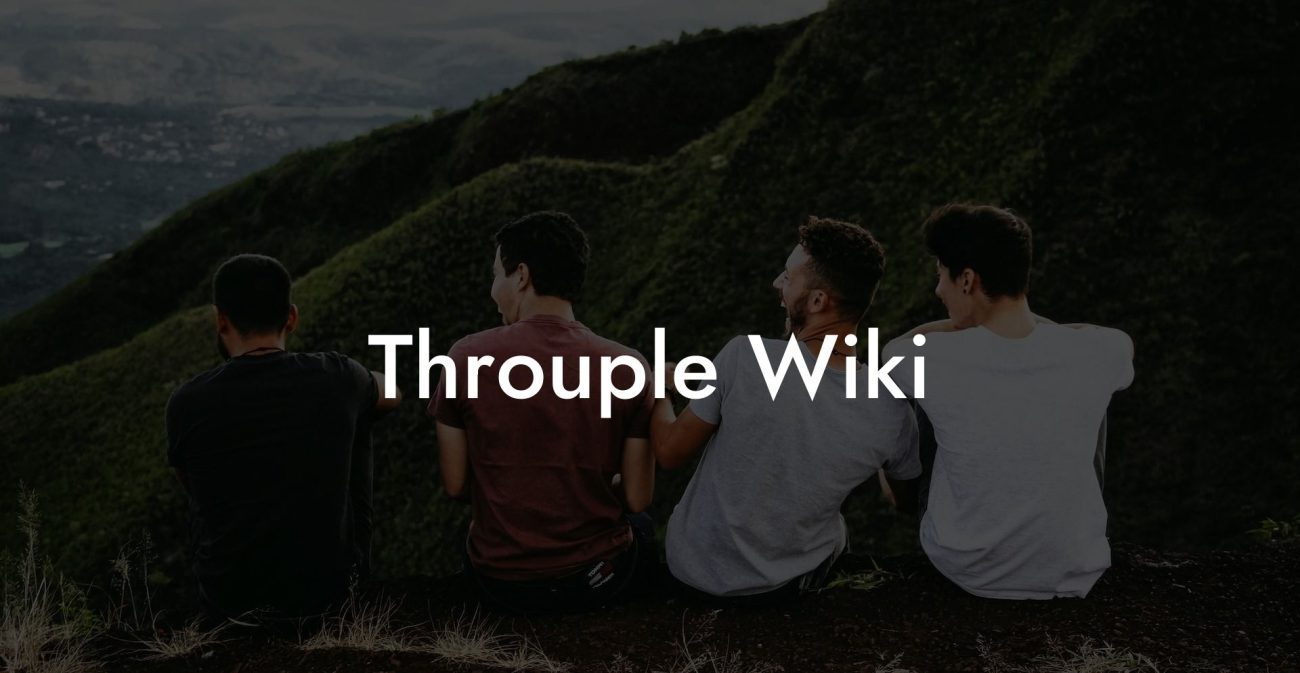Monogamy vs Polygamy: Key Differences

In an era where alternative relationship models are gaining traction and challenging long-held norms, understanding the distinctions between monogamous and polygamous relationships is more important than ever. This guide explores the definitions, historical backgrounds, cultural influences, legal frameworks, ethical debates, and emotional dynamics that differentiate these two models of intimate partnership. Whether you’re a student, researcher, or someone considering your own relationship choices, this resource provides in-depth insights and practical strategies to help you understand and compare these contrasting relationship styles.
Quick Links to Useful Sections
- Understanding Monogamous Relationships
- Definition and Core Characteristics
- Historical Context of Monogamy
- Understanding Polygamous Relationships
- Definition and Variations
- Historical and Cultural Context of Polygamy
- Key Differences Between Monogamous and Polygamous Relationships
- Structure and Commitment
- Legal Recognition and Rights
- Emotional and Psychological Dynamics
- Social and Cultural Implications
- Ethical, Psychological, and Practical Considerations
- Ethical Considerations
- Psychological and Emotional Intelligence
- Practical Implications and Daily Life
- Real-Life Examples and Case Studies
- Monogamous Relationship Success Stories
- Polygamous Family Experiences
- FAQ: Your "Monogamy vs Polygamy: Key Differences" Questions Answered
Monogamous relationships have long been considered the standard in many societies, characterized by a deep, exclusive bond between two individuals. In contrast, polygamous relationships involve multiple spouses simultaneously and are often rooted in cultural or religious traditions. While both models involve commitment and intimacy, their structures, societal acceptance, and legal implications differ significantly. This guide will help you navigate these differences and understand the benefits and challenges unique to each model.
Understanding Monogamous Relationships
Definition and Core Characteristics
A monogamous relationship is defined as an exclusive partnership between two individuals who commit to being emotionally, romantically, and sexually involved only with each other. monogamy is the most widely practiced relationship model globally and is supported by cultural, legal, and religious institutions.
The key characteristics of monogamy include:
- Exclusivity: Both partners agree to engage in intimate activities solely with each other.
- Long-Term Commitment: Monogamy is often associated with the intention of building a life together, which may include marriage, shared finances, and cohabitation.
- Cultural and Legal Support: Most legal systems and cultural norms promote monogamy, providing social legitimacy, legal benefits, and a framework for family structure.
- Focused Emotional Bond: With only two people involved, the emotional connection is usually concentrated, fostering deep trust and intimacy.
Historical Context of Monogamy
Historically, monogamy has been the dominant relationship model in many Western societies. Influenced by religious teachings, particularly Christianity, and reinforced by legal institutions, monogamous marriage became the standard way to form families and pass on heritage. The nuclear family model, which emphasizes a stable, exclusive bond between two partners, has been celebrated as the ideal for centuries.
Although monogamy has many advantages, some individuals find that an exclusive, two-person model may not fulfill all their emotional or sexual needs. This realization has led to a growing interest in exploring alternative relationship models.
Understanding Polygamous Relationships
Definition and Variations
Polygamy is the practice of having more than one spouse at the same time. It typically manifests in two main forms:
- Polygyny: A marriage in which one man is married to multiple women. This is the most common form of polygamy and is practiced in various cultural and religious contexts.
- Polyandry: A marriage in which one woman is married to multiple men. Although far less common, polyandry is practiced in certain societies, often for economic or social reasons.
The term “polygamous relationship” often refers to these plural marriages, which can be structured hierarchically (with a primary marriage and additional secondary spouses) or in a more egalitarian manner depending on the cultural or religious framework.
Historical and Cultural Context of Polygamy
Polygamy has deep historical roots and has been a significant part of many cultures around the world. In numerous ancient societies, plural marriages were utilized to strengthen family alliances, consolidate wealth, and ensure social and economic stability. For instance, in many parts of Africa, the Middle East, and Asia, polygyny was a common practice that played an integral role in community organization and cultural identity.
Despite its historical prevalence, modern legal systems in many Western countries have largely outlawed polygamous marriages, favoring monogamy as the legal standard. However, polygamy continues to be practiced in various religious and cultural communities where it is seen as an accepted and even revered tradition.
Key Differences Between Monogamous and Polygamous Relationships
Structure and Commitment
The most fundamental difference between monogamous and polygamous relationships lies in their structure:
- Monogamy: Involves an exclusive, two-person partnership where emotional and physical intimacy is shared solely between the couple. The focus is on developing a deep, bilateral connection with clear roles and responsibilities.
- Polygamy: Involves multiple marital relationships simultaneously. This structure can be hierarchical, with one primary marriage supplemented by additional spouses, or more integrated, depending on cultural or religious traditions. The complexity of managing multiple relationships often requires advanced communication skills and clear boundary-setting.
Legal Recognition and Rights
Legal frameworks differ significantly between the two models:
- Monogamous Relationships: Are legally recognized in nearly all countries. This legal recognition provides couples with defined rights and benefits, including inheritance, custody, taxation, and spousal benefits.
- Polygamous Relationships: In most Western legal systems, polygamous marriages are not recognized. Even in countries where polygamy is practiced, it is often regulated under customary or religious law rather than state law. This lack of legal recognition can result in challenges related to property rights, custody, and financial support.
Emotional and Psychological Dynamics
The emotional experiences of individuals in monogamous versus polygamous relationships can be quite different:
- Monogamy: Provides a focused, intimate emotional bond between two people. While this exclusivity can lead to deep trust and security, it may also limit the diversity of emotional support available.
- Polygamy: Offers a broader network of emotional support from multiple partners. This can enrich the emotional experience by providing various perspectives and forms of care. However, it also introduces complexity in managing jealousy, balancing individual needs, and ensuring equitable attention among all spouses.
Social and Cultural Implications
Social norms and cultural perceptions heavily influence both models:
- Monogamy: Is widely accepted and reinforced by cultural, legal, and religious institutions. It provides a clear, socially supported framework for forming families and building communities.
- Polygamy: While accepted in some cultural and religious contexts, polygamy often faces social stigma and legal restrictions, particularly in Western societies. Cultural attitudes toward polygamy vary, with some viewing it as a valid and traditional practice and others criticizing it for perpetuating gender inequality and complex power dynamics.
Ethical, Psychological, and Practical Considerations
Ethical Considerations
Ethical issues in relationships are critical to understanding their dynamics:
- Monogamy: Generally focuses on fidelity, honesty, and mutual respect between two partners.
- Polygamy: Requires that all parties consent to the arrangement, and ethical polygamy emphasizes transparency, equality, and the protection of each individual's rights. However, historically, polygamous arrangements have sometimes been associated with gender inequality and coercion.
Psychological and Emotional Intelligence
Both models demand strong communication skills and emotional intelligence. In a monogamous relationship, a deep, bilateral bond is cultivated, often simplifying emotional dynamics. In polygamous relationships, individuals must manage multiple relationships simultaneously, which requires heightened self-awareness, empathy, and conflict resolution skills.
Practical Implications and Daily Life
Practical aspects also differentiate these relationship models:
- Monogamy: Tends to be simpler in terms of daily logistics, financial planning, and decision-making, as there are only two individuals involved.
- Polygamy: Can offer practical benefits such as shared household responsibilities and a broader support network. However, it also introduces complexities in scheduling, financial management, and resolving interpersonal conflicts.
Real-Life Examples and Case Studies
Monogamous Relationship Success Stories
Many couples in monogamous relationships report high levels of satisfaction due to the deep, focused bond they share. For example, couples who invest in regular, meaningful communication and prioritize their mutual goals often enjoy long-term stability and emotional security. The legal recognition of their marriage further supports their commitment, providing tangible benefits such as shared finances, healthcare, and social legitimacy.
Polygamous Family Experiences
In cultures where polygamy is practiced, plural marriages often form the backbone of extended family networks. In these communities, a polygamous family might consist of a husband and multiple wives who work together to support each other economically and emotionally. While such arrangements can provide a robust support system, they also require complex communication strategies to manage potential issues like jealousy and inequality.
FAQ: Your "Monogamy vs Polygamy: Key Differences" Questions Answered
1. What is a monogamous relationship?
A monogamous relationship is an exclusive partnership between two individuals, where both parties commit to being romantically and sexually involved only with each other.
2. What is a polygamous relationship?
A polygamous relationship involves one individual being married to multiple spouses simultaneously. The most common form is polygyny, where one man is married to several women, though polyandry, where one woman is married to multiple men, also exists.
3. How do the structures of monogamous and polygamous relationships differ?
Monogamous relationships focus on an exclusive, one-on-one bond, while polygamous relationships involve multiple marriages, which can be structured hierarchically or as an integrated family unit.
4. What are the legal differences between monogamy and polygamy?
Monogamous marriages are legally recognized in most countries, granting couples various rights and benefits. In contrast, polygamous marriages are generally not legally recognized in Western legal systems and may only be permitted under customary or religious law in certain regions.
5. What emotional differences exist between the two models?
Monogamous relationships often develop a focused emotional bond between two individuals, whereas polygamous relationships involve managing multiple emotional connections, which can enrich the support system but also require advanced communication skills to address complexities like jealousy.
6. How do social and cultural attitudes differ between monogamy and polygamy?
Monogamy is widely accepted and reinforced by legal, cultural, and religious institutions, while polygamy, although practiced in certain cultures, may face social stigma and legal restrictions in many parts of the world.
7. Where can I find additional resources on these topics?
Additional resources include books such as "The Ethical Slut" by Dossie Easton & Janet Hardy and "More Than Two" by Franklin Veaux & Eve Rickert, podcasts like "Multiamory" and "Polyamory Weekly," and online communities such as r/polyamory.
Resources and Community Support: Your Next Steps
- "The Ethical Slut" by Dossie Easton & Janet Hardy – A seminal book that offers deep insights into various relationship models and ethical non-monogamy.
- "More Than Two" by Franklin Veaux & Eve Rickert – An in-depth guide that provides practical advice on managing relationship dynamics, including the differences between monogamy and polygamy.
- Podcasts: Listen to "Multiamory" and "Polyamory Weekly" for engaging discussions and personal stories about diverse relationship structures.
- Online Communities: Join forums such as r/polyamory to exchange ideas and gain support.
- Workshops and Webinars: Attend events focused on relationship psychology and ethical non-monogamy to expand your knowledge and connect with like-minded individuals.
By exploring these resources and applying the strategies outlined in this guide, you can develop a clear, informed understanding of the key differences between monogamous and polygamous relationships. Embrace continuous learning, open dialogue, and self-reflection as you navigate the diverse landscape of love and commitment.
Lost & confused by all of the terms, types and seemingly made up 3 letter acronyms?? We've got you. Check out our Ethnical Non-Monogamy Dictionary >>
Useful Interruption: Not sure which relationship vibe fits you best? Take our Relationship Test, it’ll give you the real insight into your natural relationship style. Then, dive into our binge-worthy guides (from the tried-and-true to the “wait, that’s a thing?”) and find the perfect relationship type for your life:
- Monogamy
- Open Relationships
- Ethical Non-Monogamy
- Solo Polyamory
- Non-Hierarchical Polyamory
- Hierarchical Polyamory
- Relationship Anarchy
- Swinging
Now back to the main article but yeah take the test...


